Crostini with Flaxseed Spread

1 baguette, sliced 1/4-inch thick ½ cup olive oil, optional ¼ cup any of our Flaxseed Spreads 4 oz goat cheese Place sliced baguette on baking sheet and brush with the olive oil if desired. Place pan in preheated 325° […]
Baby Potatoes with Savory Flaxseed Spread
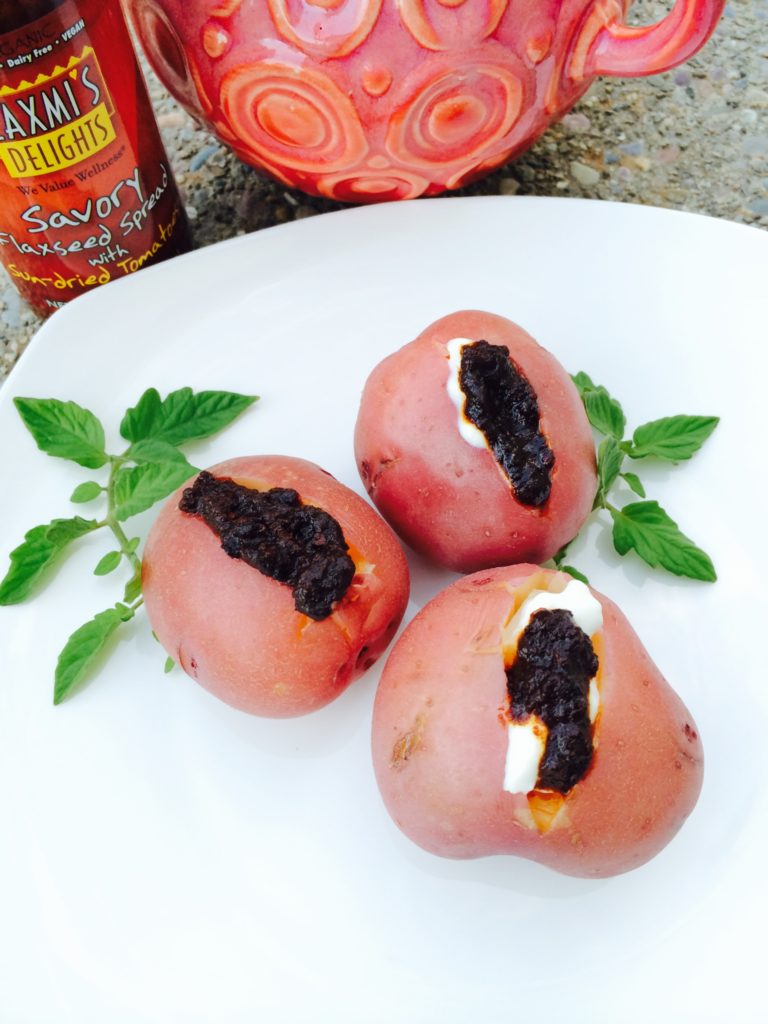
1 pound (small 6 to 8) Yukon gold, purple, Russet or new potatoes 2 tablespoons Savory Flaxseed Spread with Sun-dried Tomatoes Chopped fresh cilantro Scrub the potatoes and place them in a large pot. Boil until just tender, 15 minutes. Let cool until easy to handle. […]
Lemon Rice with Cranberries
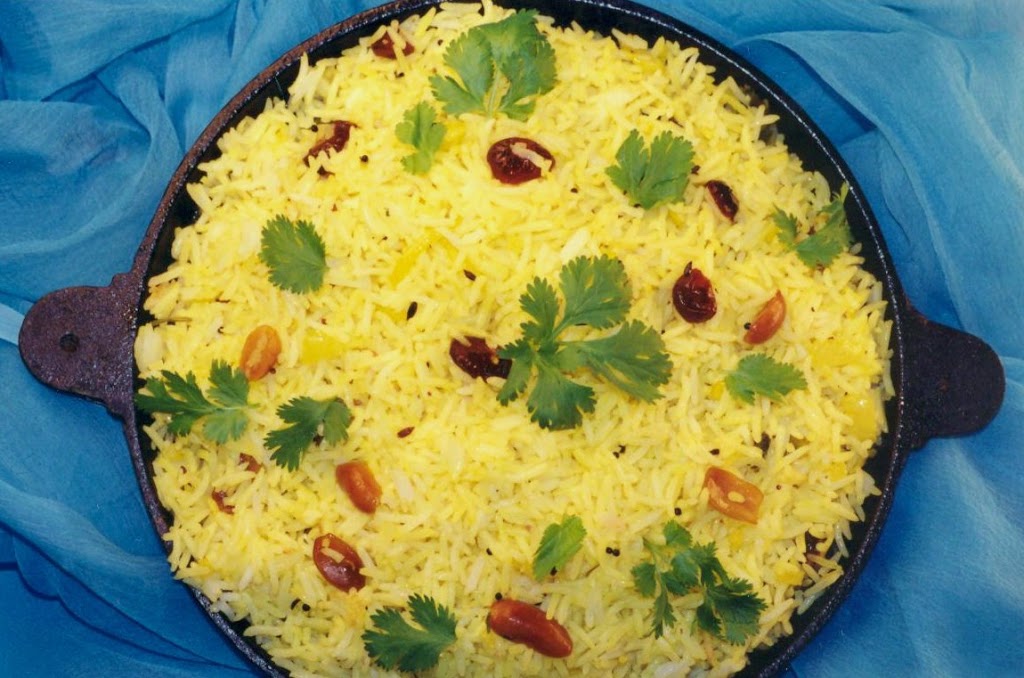
This is a simple and yet visually stunning dish. My mother would collect leftover rice and embellish it with this lovely zesty seasoning and lots of fresh lime juice. No one ever minded that it was ‘recycled’ rice. If you don’t have leftover cooked rice, it is worth making fresh rice to enjoy this pilaf, […]
Skillet Egg Masala (Kadai Ande)
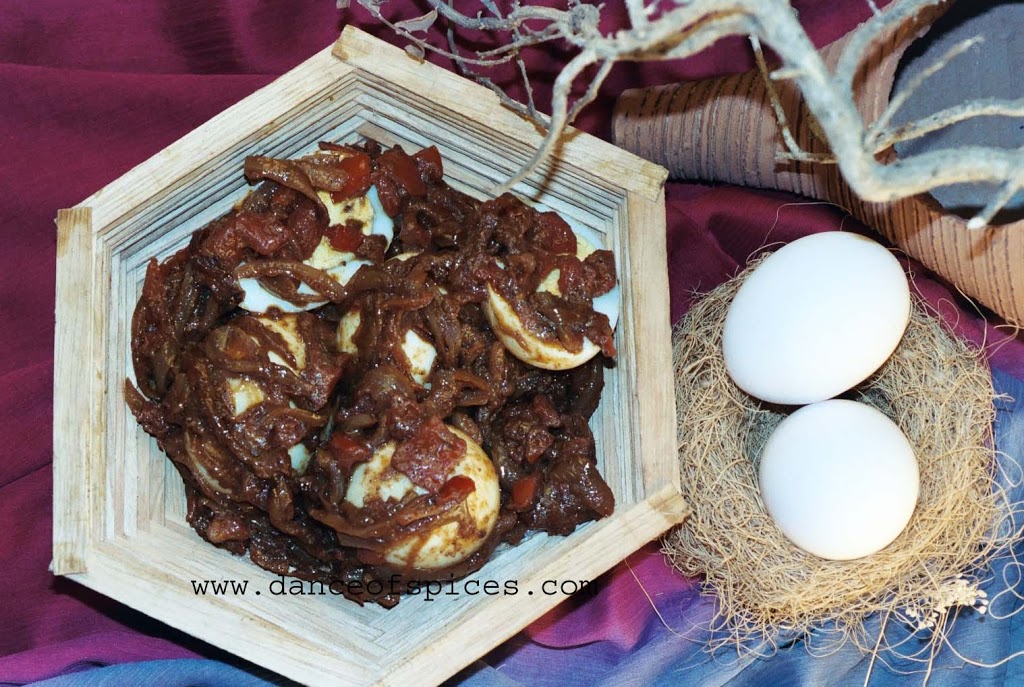
Finally I am getting back to writing my blog. Time just flies by with product launches, travel, and the big one— my son’s wedding planning. Here is my recipe for spiced skillet hard-boiled eggs. Every region in India has its own egg curry, the sauce ranges from soupy chowder consistency to almost dry like the following […]
Multicolored Whole Wheat Puffy Bread for Mother’s Day
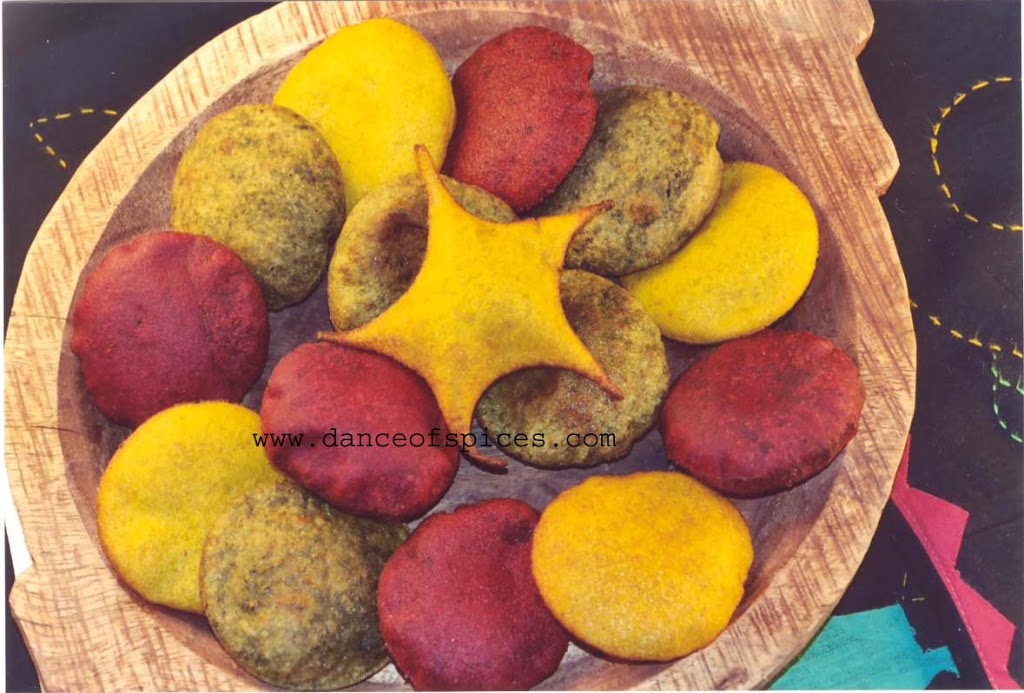
During leisurely weekends I find myself tempted to making puffy breads, they partner well with Mixed Sprouts Stew I often make for brunch. When you entertain, I encourage you to try the variations as well, a multicolored platter of spinach, tomato, yellow bell pepper and/or beet puri surely will be an attractive centerpiece. Puffy bread […]
Cream Of Wheat Pilaf With Carrots and Nuts
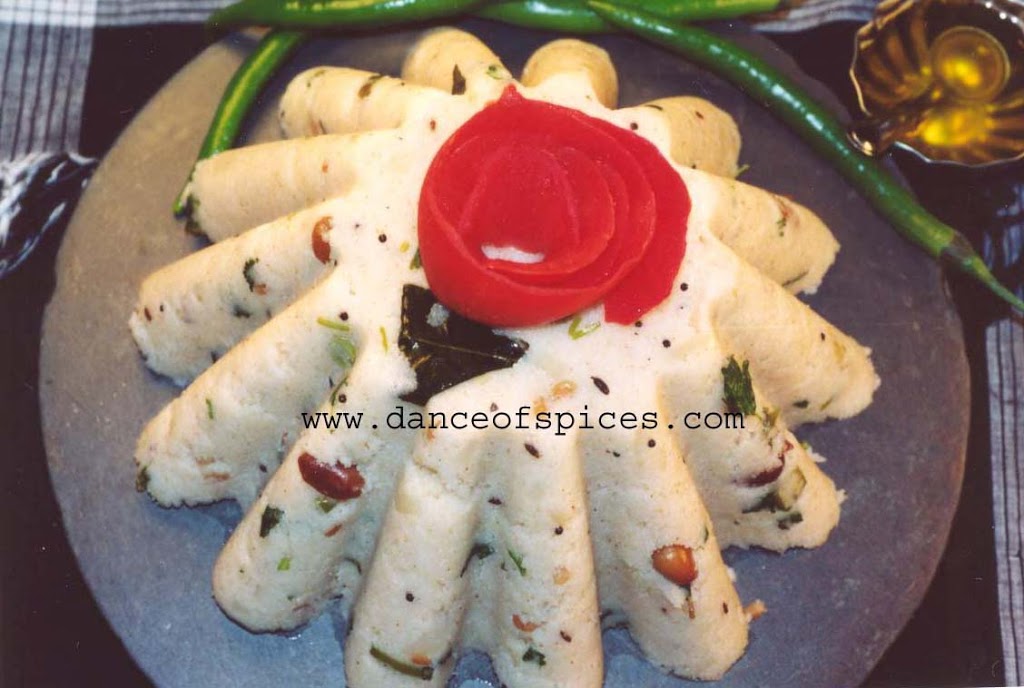
Uppuma, (pronounced oop-mah) is served for breakfast in India. If you want to get away from the usual breakfast or you’d like a change of pace, try the following fluffy nutritious cream of wheat pilaf. The long list of ingredients should not discourage you; they are simply added one after another to perk up the […]
My Mother’s Heirloom Whole Pickled Limes
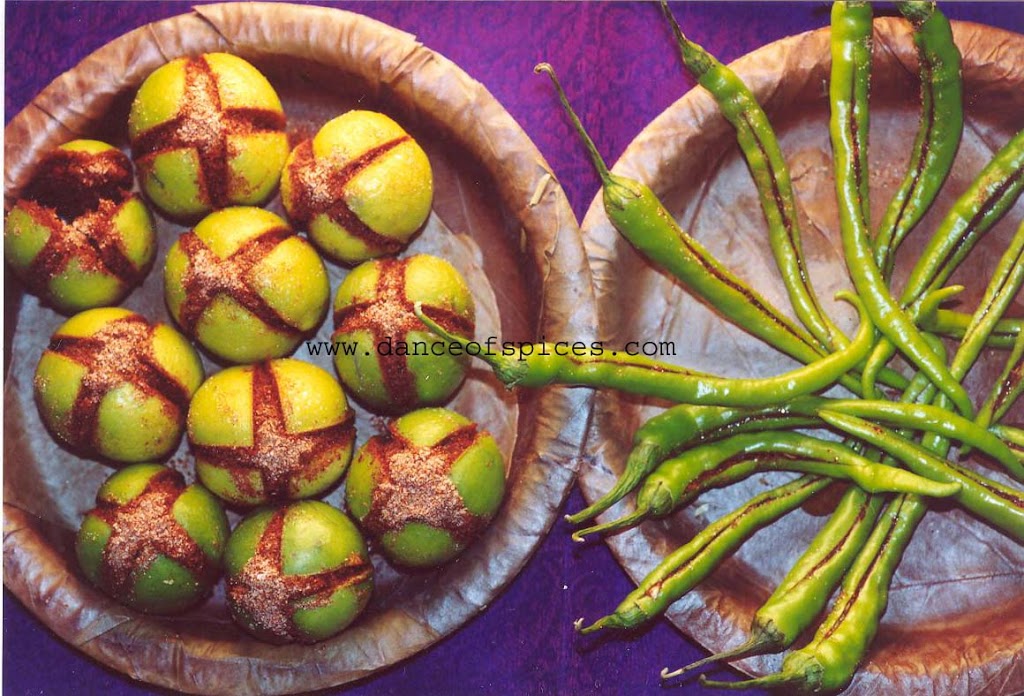
I am hosting a get together this weekend. I like to pay attention to every detail. I think, it’s really the small things that make a big difference. Take pickles, for instance, they can enhance and glorify a meal. At my local farmers market I came across an abundant of luscious, plump limes. Walla! All […]
Fresh Mixed Veggie-Yogurt Spread at Sprouts Cooking Club
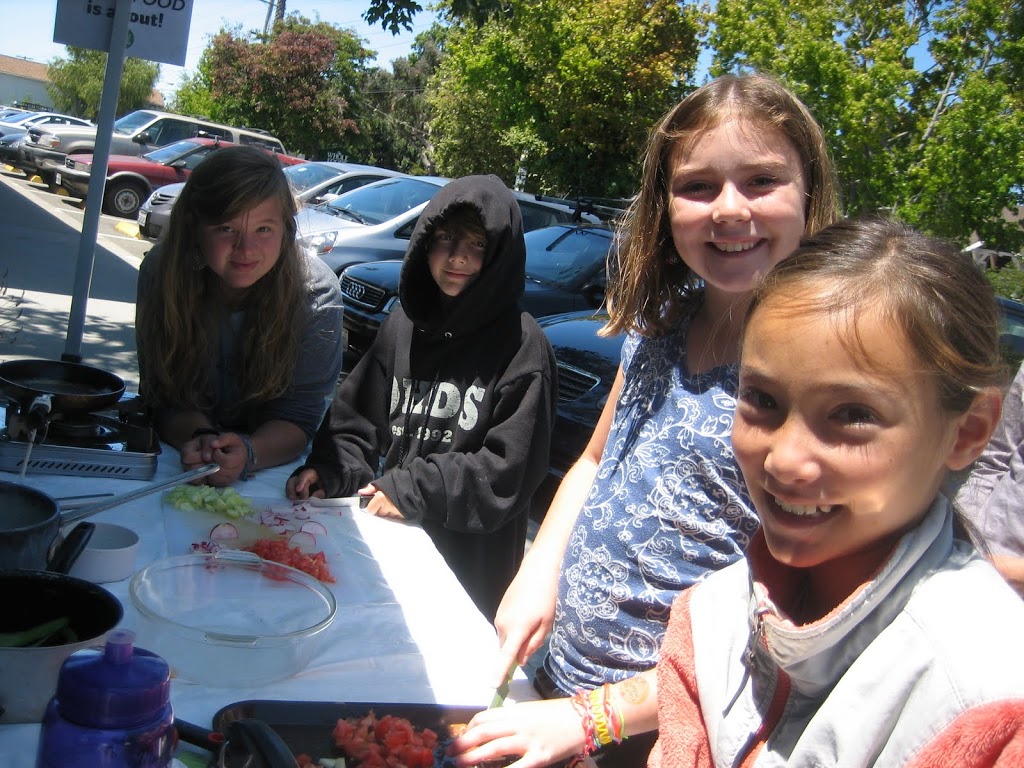
Last week, I had the pleasure to teach children at the Sprouts Cooking Club in Berkeley. I believe they were between the ages of 5 to 14 years. The class was full with 18 children. Several adult volunteers supervised the kids. The class was held at the Whole Foods parking lot under a cozy tent. […]
Red And Golden Beets Kachumber With Orange
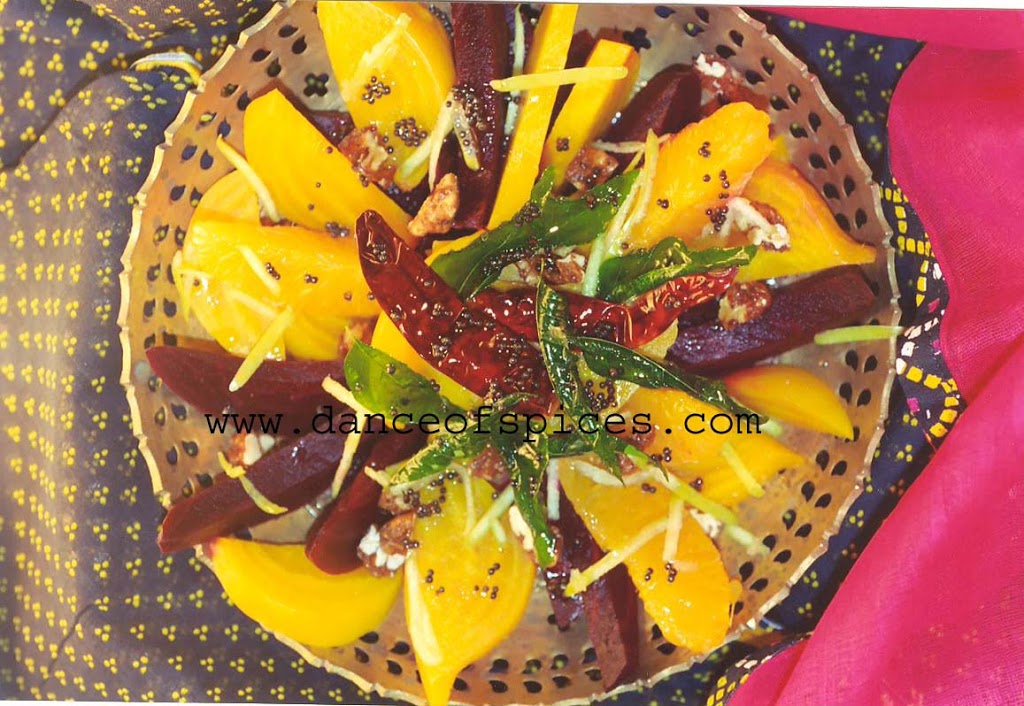
It has been so long I created a new post. I was traveling; also, someone hacked into my gmail account. You see the ‘followers’ down below someone added my name and photo. Anyone knows how to delete it? Thanks in advance for your help. The following is an Indian style salad, called kachumber. This type […]
Those Magnificent Marvelous Green Mangoes
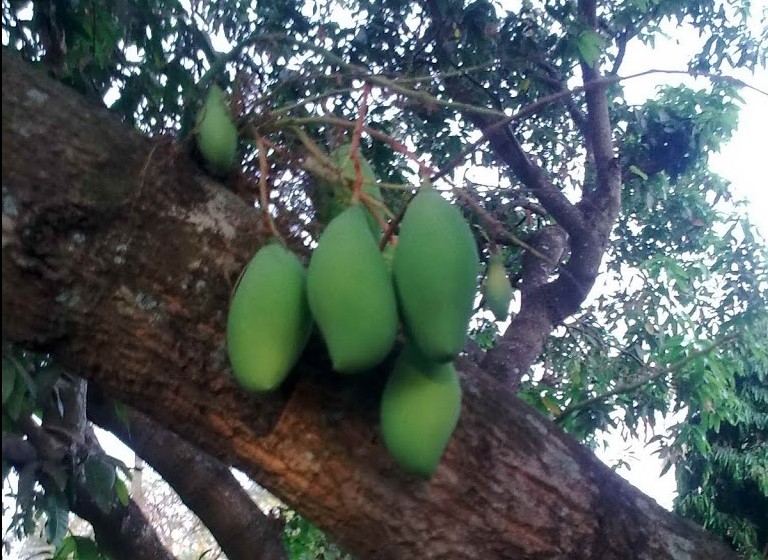
I just got back from my travels to India. I was fortunate to be there during the mango season. I had the privilege of eating green mangoes straight from my mother’s organic garden. My mother had planted two three-year-old mango saplings when I was about the same age. Now the mango trees are big and […]
